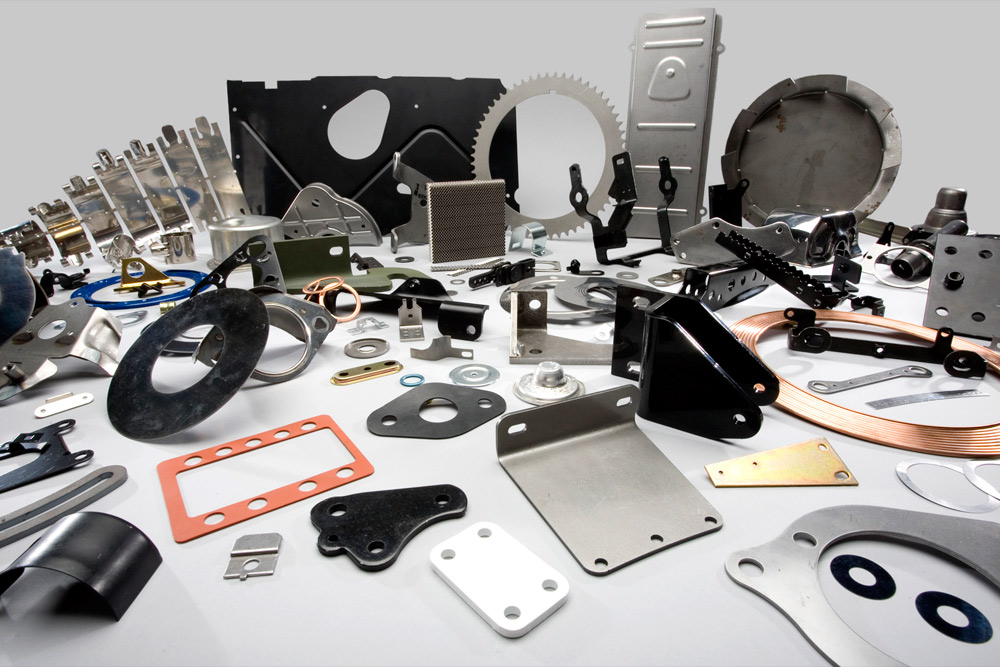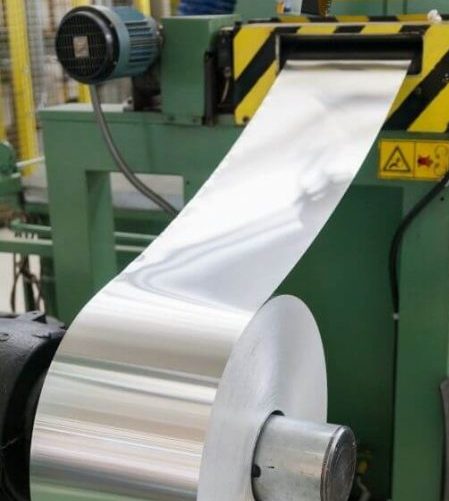Ultimate Guide to Metal Stamping Techniques and Applications
Ultimate Guide to Metal Stamping Techniques and Applications
Blog Article
Metal Marking Innovations: Elevating Production Processes for Superior Results
In the world of manufacturing processes, steel stamping has actually long been a cornerstone strategy for creating a selection of precision components. With the ruthless march of technical innovation, the landscape of metal stamping is undertaking a significant makeover. Developments in this area are not just improving the performance and quality of production however are likewise leading the way for brand-new opportunities that were formerly past reach. As the sector accepts these cutting-edge developments, a redefinition of what is attainable in production is underway, promising remarkable results and setting new standards for excellence in the field.
Evolution of Steel Stamping Techniques

In addition, improvements in material science have caused the development of high-strength alloys that can now be flawlessly stamped into elaborate forms, catering to a wider array of commercial applications. The combination of robotics and expert system has additionally enhanced the stamping process by enhancing speed and accuracy while lowering the risk of human mistake.

Influence of Advanced Materials
Have advanced materials changed steel marking processes significantly in the production industry? By using products such as high-strength alloys, advanced composites, and cutting-edge finishes, steel marking processes can now produce elements that are lighter, more powerful, and much more resilient than ever in the past.
These innovative materials use exceptional mechanical homes, deterioration resistance, and thermal security, permitting manufacturers to satisfy the demands of modern markets such as aerospace, vehicle, and electronic devices. In addition, using advanced materials in steel marking has helped with the production of complicated geometries and complex styles that were formerly unattainable with standard approaches.
In addition, the execution of innovative products has actually brought about reduced material waste, reduced manufacturing prices, and much shorter preparations, making steel marking procedures much more affordable and lasting. As technology continues to advancement, the impact of sophisticated materials on metal marking procedures is anticipated to drive more innovation and improve the competition of suppliers in the worldwide market.
Automation in Metal Stamping
The evolution of metal stamping processes driven by the assimilation of innovative products has actually set the stage for significant improvements in automation within the production industry. Automation in metal stamping has actually revolutionized production processes, enhancing effectiveness, accuracy, and overall output high quality. Through the usage of robotics, sensors, and computer-controlled systems, tasks that were once manual and lengthy can currently be performed with exceptional rate and accuracy.
Automation in steel stamping not just speeds up production prices but additionally ensures uniformity in the manufacturing procedure. By reducing human treatment, the danger of mistakes is significantly minimized, resulting in greater levels of item uniformity and integrity. Furthermore, automation allows producers to undertake complex stamping tasks that check it out would be impractical or difficult to achieve by hand.
Additionally, automation in metal stamping adds to a more secure working environment by decreasing the need for staff members to engage in dangerous or repeated jobs - Metal Stamping. This change towards automation not only improves performance but likewise leads the way for the future of manufacturing, where innovation plays a main duty in driving operational quality
Quality Control and Assessment Equipments
With a concentrate on precision and reliability, quality assurance and examination systems play an important duty in ensuring product excellence in steel stamping processes. These systems are made to check every stage of production, from product evaluation to the last product, to ensure that all elements satisfy the needed requirements. By implementing advanced technologies such as optical inspection systems, coordinate measuring machines (CMM), and automated gauging equipment, suppliers can spot even Visit Website the tiniest inconsistencies in measurements, surface area high quality, and overall integrity of stamped components.

Sustainability Practices in Metal Stamping
Building upon the structure of accuracy and reliability established via quality control and evaluation systems, the integration of sustainable methods in metal stamping processes is progressively coming to be a prime focus for suppliers looking for to reduce environmental effect and maximize source application. Sustainability methods in steel stamping incorporate a variety of efforts focused on lowering waste generation, power usage, and greenhouse gas discharges throughout the manufacturing procedure.
One secret aspect of sustainability in metal marking is the adoption of eco-friendly products and modern technologies that advertise recyclability and waste decrease. By making use of her explanation recycled materials and implementing energy-efficient machinery, suppliers can reduce their carbon footprint and add to a much more sustainable manufacturing cycle. Furthermore, optimizing manufacturing processes to decrease product waste and energy use not only profits the environment yet also brings about cost financial savings for companies in the lengthy run.
Furthermore, the implementation of sustainable practices in metal marking can enhance brand name reputation and attract environmentally aware customers. As sustainability remains to gain relevance in the manufacturing industry, incorporating eco-friendly campaigns right into metal stamping procedures is vital for long-lasting success and competition in the marketplace.
Verdict
In verdict, steel stamping techniques have considerably advanced in time, including sophisticated products and automation to enhance making procedures. Quality assurance and evaluation systems play an essential duty in ensuring exceptional results, while sustainability methods are progressively being applied to minimize ecological influence. These innovations in metal stamping have actually reinvented the sector, leading to more effective and sustainable production methods for various markets.
Metal stamping, once a manual and labor-intensive process, has actually transformed into a very automated and sophisticated approach of forming metal sheets right into numerous types and layouts.Have innovative materials transformed steel marking procedures substantially in the manufacturing market? By utilizing products such as high-strength alloys, progressed compounds, and ingenious coverings, metal marking processes can now create components that are lighter, stronger, and extra sturdy than ever previously.
The advancement of steel marking processes driven by the integration of innovative products has established the stage for significant advancements in automation within the production market.In conclusion, steel stamping techniques have actually substantially developed over time, including sophisticated materials and automation to boost producing processes.
Report this page